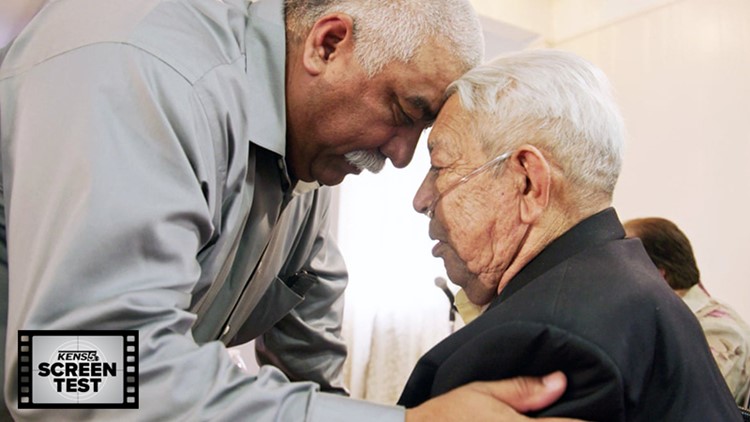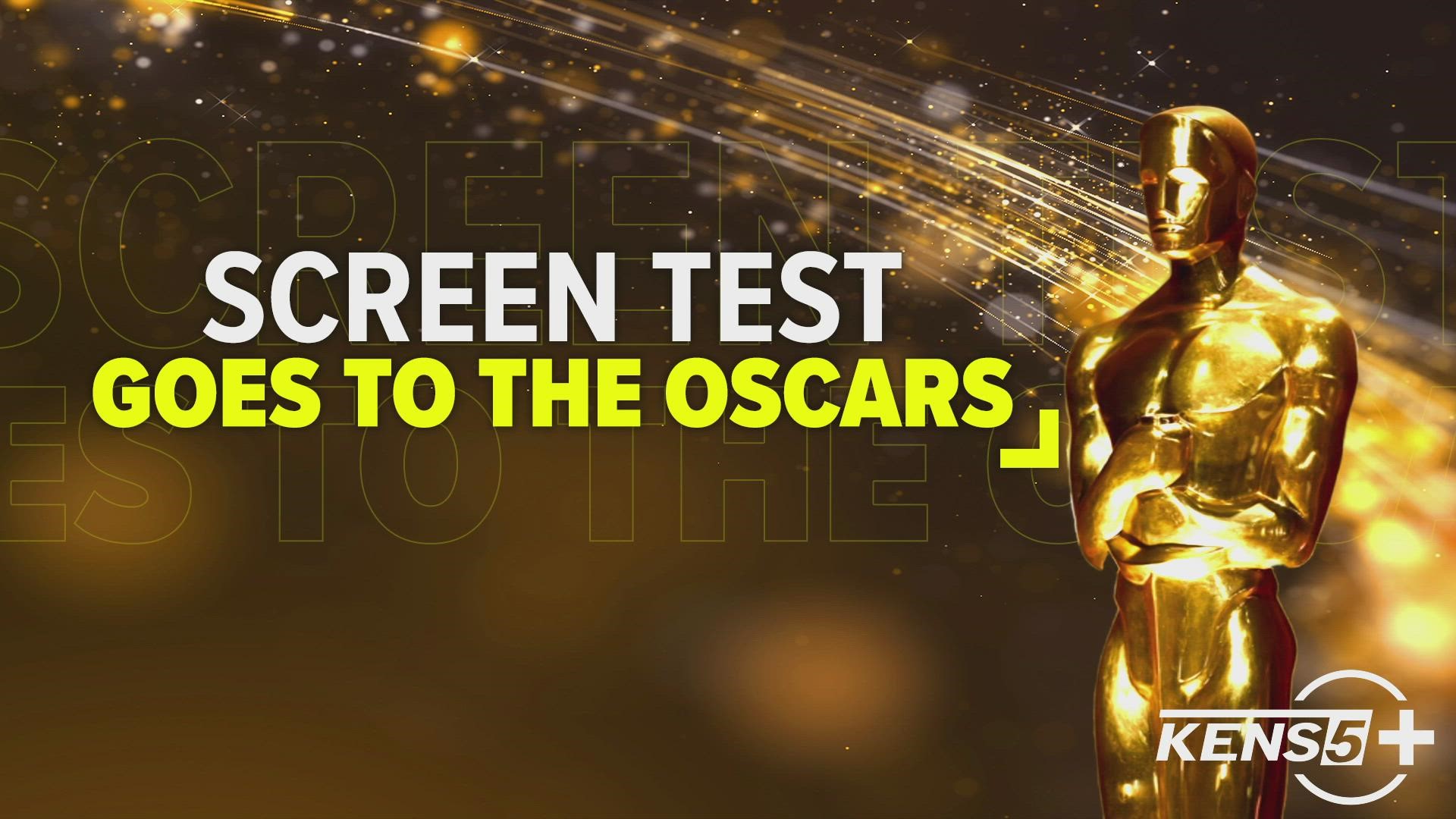“I’m here for my daddy: Adam. He used to tell mommy to shoot him into space when he dies!”
The confidant joy with which a young boy says that to a room full of strangers in "Alternate Endings: Six New Ways to Die in America" is the thesis of the new HBO documentary from co-directors Matthew O’Neill and Perri Peltz. A movie about the unmistakably modern ways people are choosing to approach the end of their life – explored through six individual vignettes – O’Neill and Peltz succeed in encouraging us to have conversations about the inevitability of our last days and, more poignantly, showing that we can be the ones to begin that conversation instead of leaving it to our loved ones after we’ve already passed.
It’s a disquietly tradition-breaking idea, something the unassumingly straightforward “Alternate Endings” makes note of at the start. The movie explains that unorthodox methods of memorialization – ranging from the environmentally-conscious to the completely strange, and sometimes going off with a literal bang of a rocket – have disrupted a funeral business that rakes in $16 billion a year. That's the sole statistic in a documentary fueled by empathy, appearing during a prologue set in a funeral convention (yes, really) where marching bands play alongside displayed coffins, cemetery brochures have the sunny disposition of open house catalogs and morbidity is a corporate commodity.
What comes next, after the title card, is something much more intimate, personal and free from unwritten social doctrine about how loved ones must be buried, if buried at all. The first family the movie spotlights is preparing to let go of their recently-deceased relative by using his ashes to help replenish areas of the coral reef that have deteriorated. If the movie’s opening minutes don’t challenge your preconceptions about how we are “supposed” to approach death, the intimate images of a woman using her own hands to mix her father’s ashes with the solution that will be used to replenish the so-called Memorial Reef will. It’s startlingly raw, much like later when an elderly man on the edge of death helps his son-in-law build his coffin from scratch—a coffin he encourages loved ones to sign, as if retiring from a job. I hadn’t realized that having total autonomy over how one would want to go out would be so radical an idea, and I suspect most other viewers wouldn't either.
In a storytelling strategy I admire, O’Neill and Peltz let events unfold naturally; interviews for the most part aren’t conducted as talking heads against a dramatically-lit backdrop. The directors instead follow subjects in their their natural environments—through homes, potential final burial places and, in one of the movie’s six stories, the minutes after someone drinks a “drug cocktail” and drifts off to permanent sleep. Compare this to a legion of CGI goons be vaporized by Iron Man or Captain America; those "deaths" don't hold a candle to the emotions I felt seeing a couple of nearly 60 years separate – for now – in seemingly real time.
And that’s key. Like all successful documentaries, “Alternate Endings” shines a light on something not widely recognized while also prodding us to challenge our beliefs, but it doesn’t try to overshadow the grief at its heart. Losing someone is still losing someone, and the fear of not completely knowing what comes next has to be among the most grandiose concepts you can hope to capture in a movie. “Alternate Endings” mostly does it without patting itself on the back; the lack of explicit presence from O’Neill and Peltz allows the full spectrum of emotions in these stories to naturally come to the fore—the joy of dying on your own terms, the sadness of saying goodbye. Though sometimes subtle, it’s incredibly effective and affecting.
But as progressive as the movie feels, it’s also uber-refined at a scant 65 minutes. While most likely a result of airing on a network (it's now available to stream on HBO's platform) it’s barely enough time for most of the six individual stories to register as fleshed-out chronicles, despite O’Neill and Peltz’s ability to find the best possible ending points for each one.
It’s rare that I wish a movie was as much as 45 minutes longer than it is, but in a few of these otherwise elegantly-documented vignettes I didn’t get the sense I fully understood what fuels certain reconciliations with death as much as I bore witness to the aftermath of those decisions being made—particularly in the case of one San Antonio gentleman whose family organizes a living wake while he’s deeply ill. The effect still resonated; I found myself wishing the logic did, too.
This isn’t a problem in the film’s penultimate mini-story. The figure at the center of it, Dick, stands out for his personality and letting us into his inner thoughts as much as the doors of his home. And I think O’Neill and Peltz knew that too; his segment feels twice as long as any other. It’s a denouement of sorts ahead of the film’s final story, functioning as an epilogue and, more acutely, an absolute punch to the gut for reasons I won’t spoil here—it's a testament to the universality of owning your life, however long it is, right up to the end of it.
"Alternate Endings: Six New Ways to Die in America" is now available to stream on HBO.
Directed by Matthew O'Neill and Perri Peltz
2019



